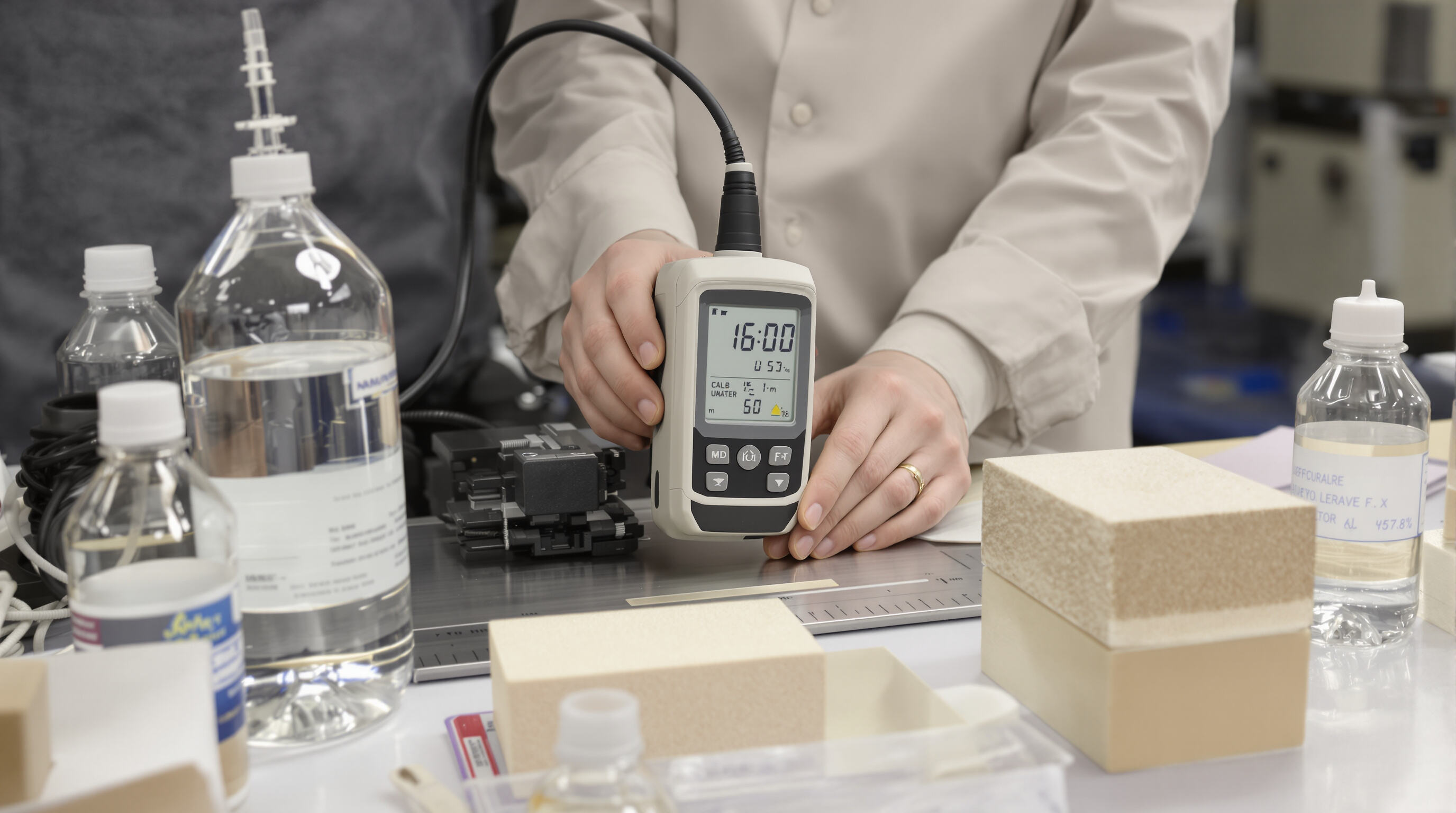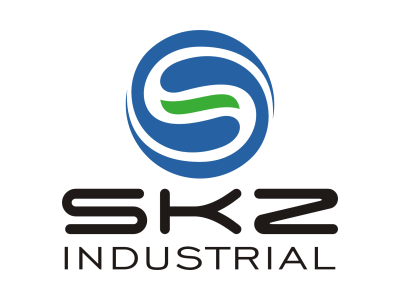Understanding Moisture Meter Calibration and What Affects Accuracy
What Affects the Accuracy of Moisture Meters?
Getting accurate readings from moisture meters depends mostly on these four things: how dense the material is, what kind of environment we're working in, how carefully someone operates the device, and whether the sensors themselves are still functioning properly. When temperatures go outside that comfortable ±10 degree Celsius range, most basic meters start giving off the wrong numbers somewhere around 15 to maybe even 20 percent off. And don't get me started on applying inconsistent pressure when testing stuff like wood or drywall surfaces - that alone can throw measurements off by about 5 or 6 percent sometimes. The real trouble comes when those metal pins get dirty or when capacitive sensors begin to wear out over time. These issues become particularly problematic when dealing with salty soil mixtures or lumber that's loaded with natural resins, where even small sensor problems lead to major inaccuracies.
The Role of Calibration in Maintaining Moisture Meter Reliability
Calibrating devices regularly brings them into line with those ISO certified reference points, which gives around plus or minus half a percent accuracy when doing important work like checking building structures or monitoring crops. Studies show that without proper calibration, moisture readings can be off by as much as 10%, leading to real problems with materials getting damaged or estimates about harvest yields going way wrong. For professional equipment that gets used every day, experts recommend getting it checked out every three months. If something only sees occasional action though, once a year should suffice to keep things working reliably enough for most purposes.
Digital vs. Analog Moisture Meter Calibration: Key Differences
| Feature | Digital Meters | Analog Meters |
|---|---|---|
| Calibration Method | Automated via onboard software | Manual screw adjustment |
| Frequency Reminders | Built-in alerts | User-dependent tracking |
| Error Correction | Real-time algorithmic compensation | Physical dial realignment |
Digital meters offer faster, repeatable calibration across multiple material profiles, while analog units demand careful manual adjustments for each asubstrate [email protected].
Common Misconceptions About Moisture Meter Precision
Three widespread myths compromise measurement integrity:
-
Myth 1: Factory calibration eliminates routine checks
Reality: Initial settings drift after 50%. After approximately 50 cycles of usage, errors can range from 15% to 20% off from accurate measurements. -
Myth 2: Moisture meters provide constant accuracy regardless of external conditions
Reality: At RH 70%, recalibration checks are needed hourly to ensure accuracy. -
Myth 3: Single-point calibration works for all materials
Reality: Wood, concrete, and soil each require distinct calibration protocols due to their varied compositions and densities
Adhering to proper technique and scheduled maintenance ensures a margin of error below 2% across all applications.
Performing a Moisture Meter Calibration

Gathering Essential Tools: Distilled Water, Calibration Solution, and Reference Materials
Power on the meter and place it on a completely dry reference sampleSuch as kiln-dried wood or anhydrous gypsum board, adjust the baseline to 0%. This is essential before any further calibrations and tests.
Analog meters will require physical adjustment tools, whereas digital models may utilize verification blocks issued by the manufacturer.
Performing Zero-Point Calibration With Dry Reference samples
Start with a control sample saturated for 24 hours in distilled water. Validate its moisture via gravimetric analysis. This reference sample helps in setting the moisture meter’s baseline accurately, essential especially for high-density materials like concrete or wood.
Running Calibration Checks Using Control Samples
Upon powering on the meter, select the material profile most closely matching the substrate in question. Utilize already-dampened control samples with known moisture levels to set the upper bounds of measurement accuracy. For digital meters, dual-frequency scanning is optimized to accommodate variations in density across substrates.
Maintaining and Logging Calibration Data
Document program changes, the results from each field trial, and overall calibration performance over time. This ensures proper tracking of any potential deviations or requirements for recalibration, ensuring efficiency when compliance with ISO or ASTM standards is checked.
Material-Specific Calibration: Soil, Wood, and Building Materials

| Material | Calibration Needs |
|---|---|
| Soil | Accounts for soil density and type (clayey vs. sandy) to rectify approximately 15% variance in moisture content |
| Wood | Makes density-based adjustments (e.g., oak vs. pine) and follows manufacturer's guidelines to accommodate species variations |
| Concrete & Gypsum | Performs depth-based calibrations due to natural moisture gradients |
FAQs on Moisture Meter Calibration
What are the key factors that affect a moisture meter's accuracy?
The key factors include the density of the material, the environment in which the measurement is taken, operator handling, and the condition of the sensors.
How often should moisture meters be calibrated?
It is recommended to calibrate professional equipment every three months if they see daily use. For less frequently used equipment, an annual calibration is generally sufficient.
What's the difference between digital and analog moisture meter calibration?
Digital meters use automated calibration through onboard software and provide real-time error correction, while analog meters require manual adjustments and user-dependent tracking for calibration frequency.
Do moisture meters require recalibration in high humidity?
Yes, at relative humidity greater than 70%, recalibration checks should be done hourly to maintain accuracy.
How should calibration data be maintained?
All calibration dates, performance logs, environmental conditions, and instrument serial numbers should be recorded for traceability and compliance with industry standards.
Table of Contents
-
Understanding Moisture Meter Calibration and What Affects Accuracy
- What Affects the Accuracy of Moisture Meters?
- The Role of Calibration in Maintaining Moisture Meter Reliability
- Digital vs. Analog Moisture Meter Calibration: Key Differences
- Common Misconceptions About Moisture Meter Precision
- Performing a Moisture Meter Calibration
- Gathering Essential Tools: Distilled Water, Calibration Solution, and Reference Materials
- Performing Zero-Point Calibration With Dry Reference samples
- Running Calibration Checks Using Control Samples
- Maintaining and Logging Calibration Data
- Material-Specific Calibration: Soil, Wood, and Building Materials
- FAQs on Moisture Meter Calibration

